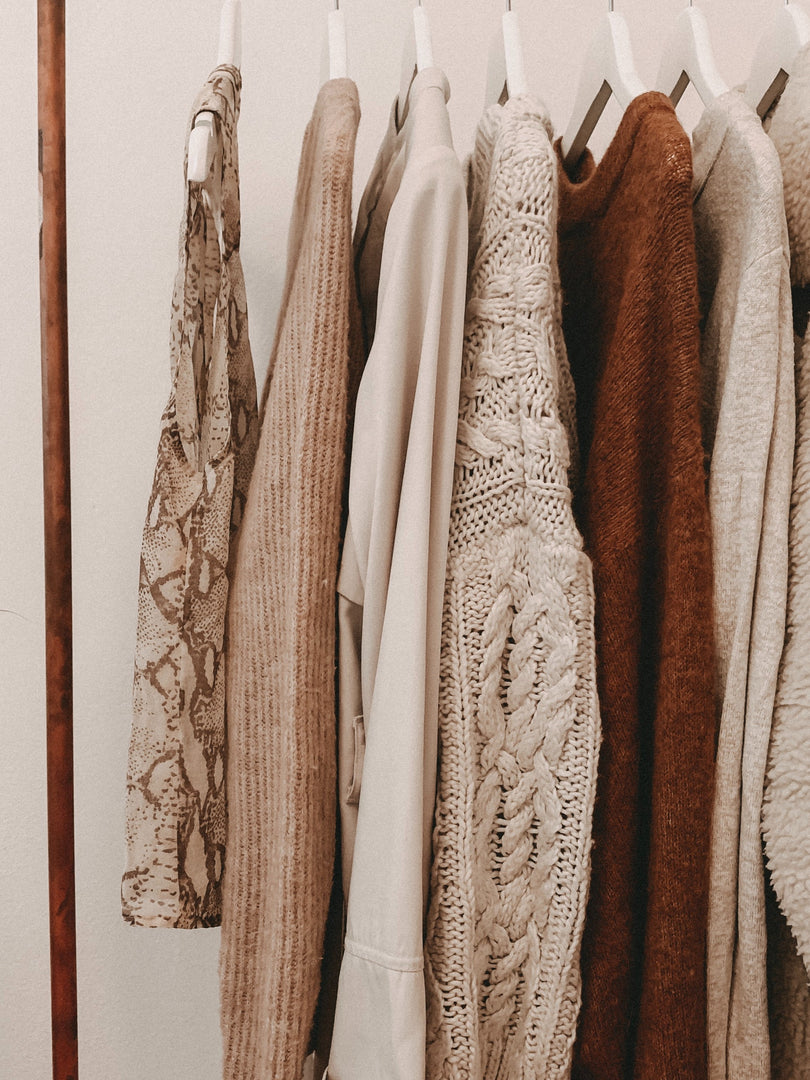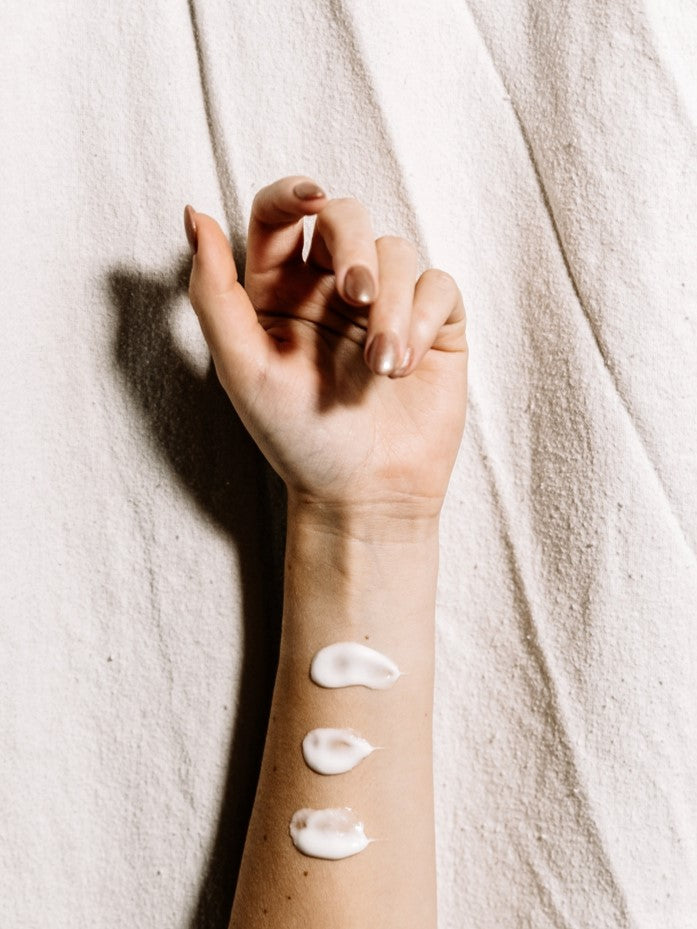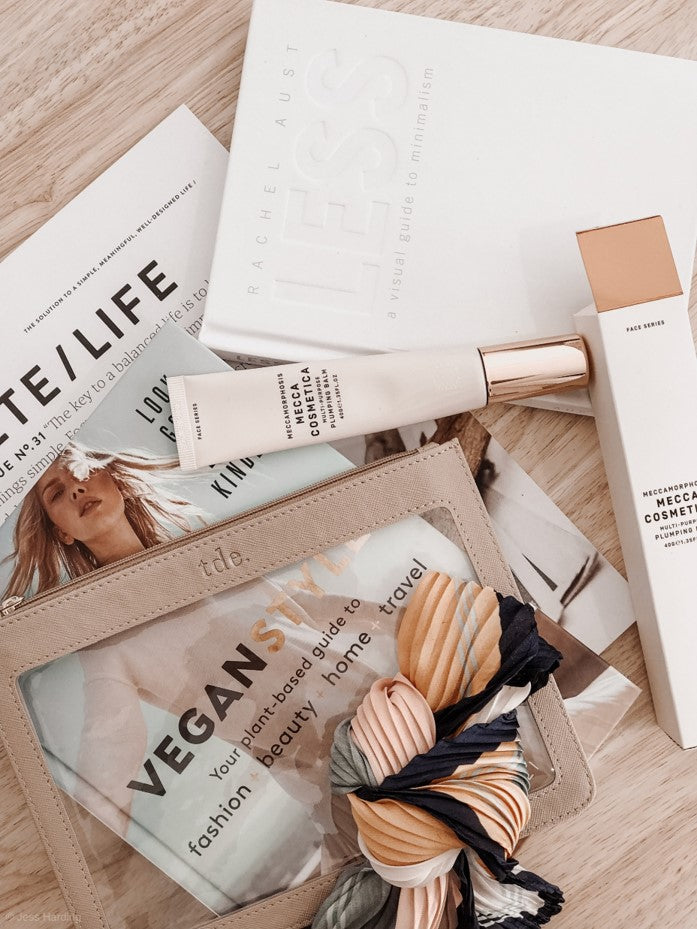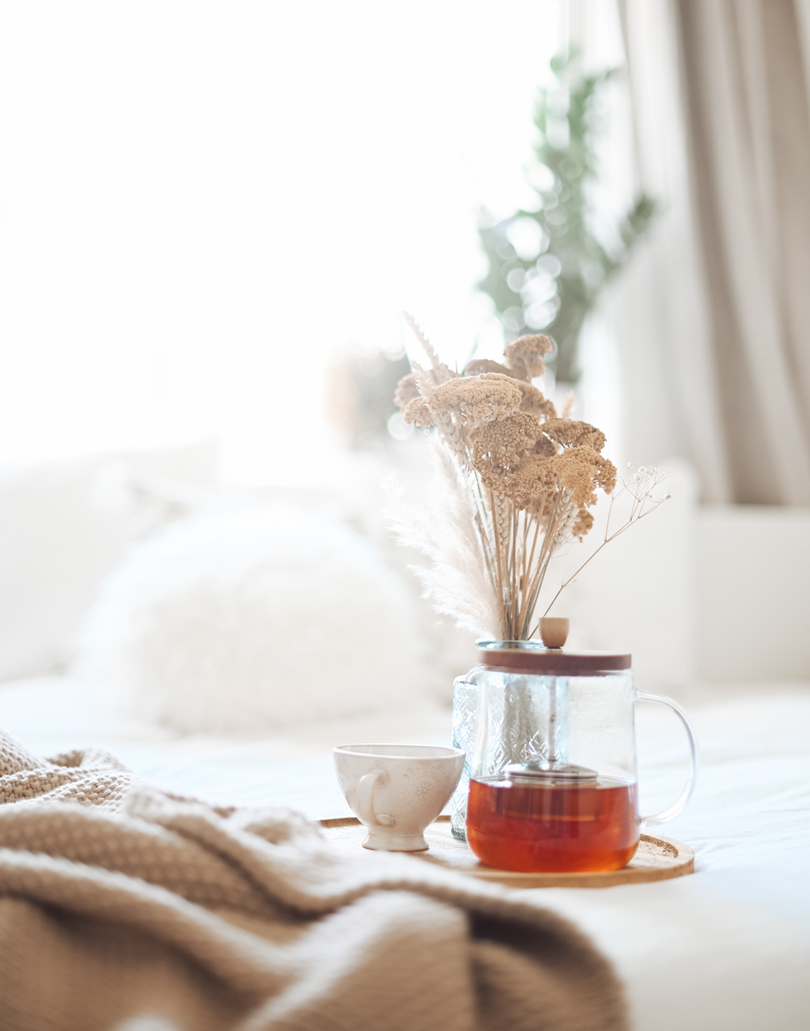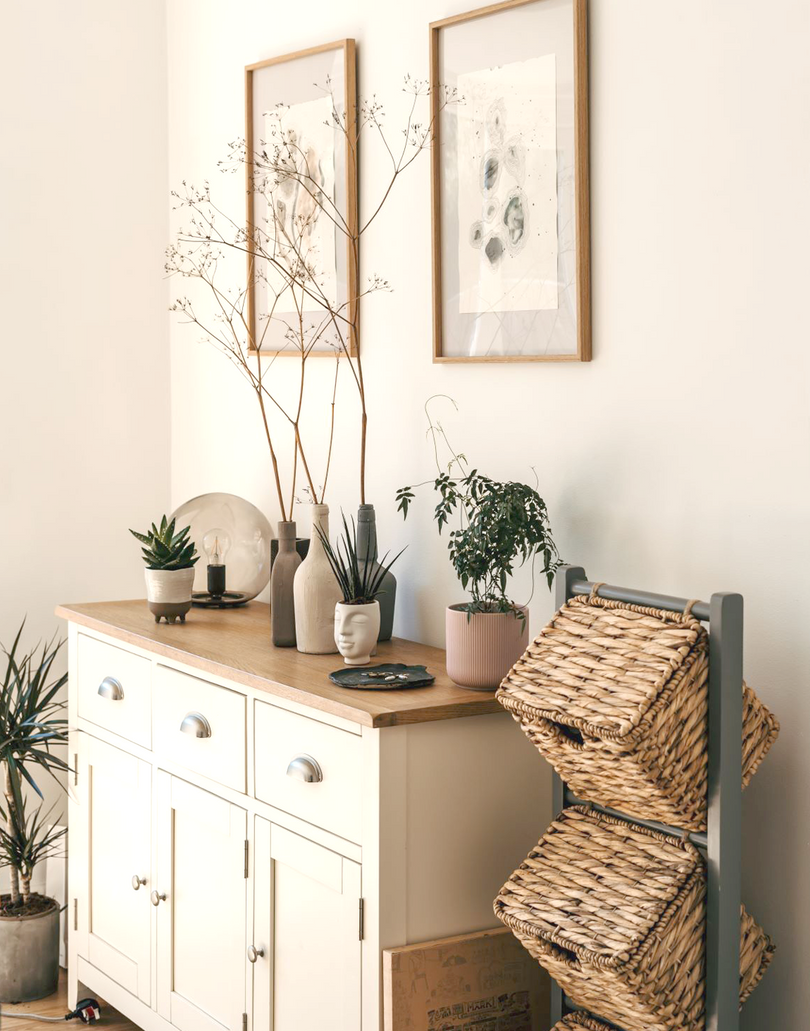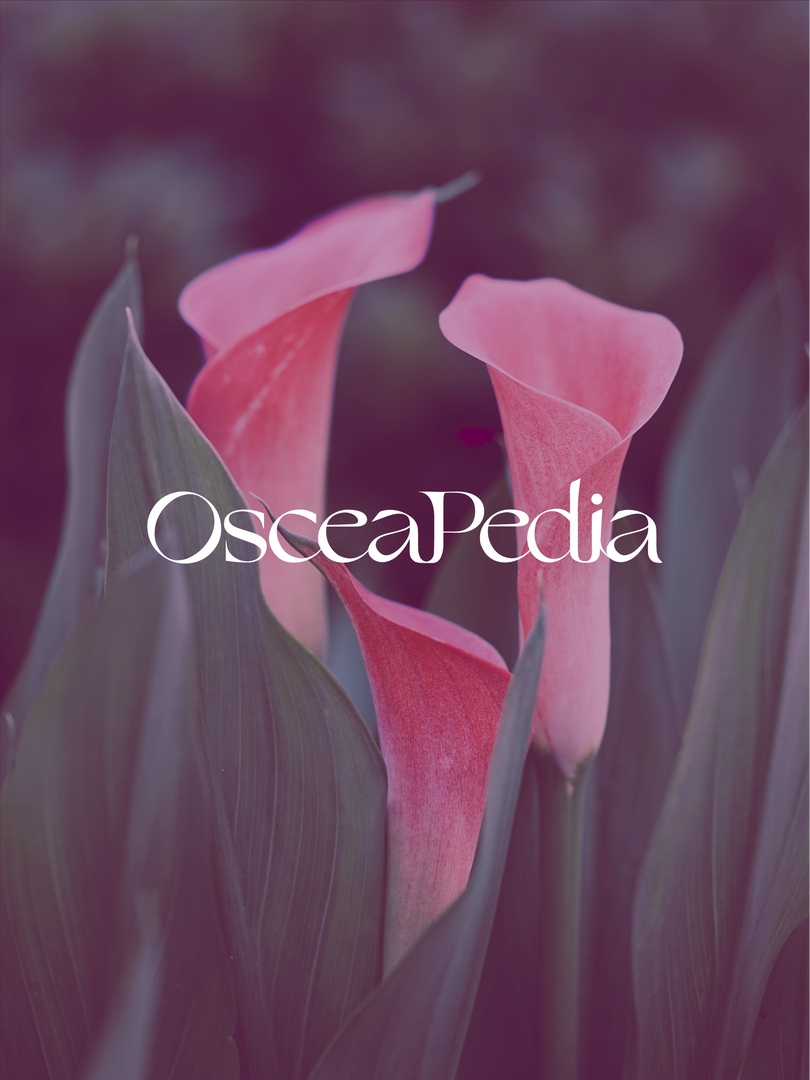
Lack of Regulation
There are over 80,000 chemicals on the market used in everyday consumer items. In the EU, when new chemicals are introduced, they must go through rigorous testing to prove they are safe. However, in the United States, we take the opposite approach – use them until they’re proven deadly. We run into rampant issues with big corporations' control over politicians and policy and ultimately, an unsustainable future for its citizens. The terms “Fragrance” and “Natural Flavors” on product labels can legally mask hundreds of harmful chemicals; the US government views those items to be proprietary information entrusted to corporations regardless of the safety for the consumers purchasing it.

Greenwashing
Sustainable products are often unregulated which leaves a lot of creative freedom for marketers to slap enticing buzz words like ‘all natural’ or ‘organic’ on packaging without any proof that it actually is. It is truly unfortunate how brands are trying to take advantage of the consumers emotions and attempt to jump on the ‘sustainable’ bandwagon. For example, labeling products “BPA-free” is a new buzz word with many brands trying to build trust with their consumers. The issue with this is when one chemical is removed, a different one often replaces it. In the BPA example, BPS or BPF are often the replacement and are equally as harmful.

Health Concerns
We are polluting our drinking water, ocean water, air, and soil (to the point that it is dying) and the environmental toxins our corporations and policy makers have been careless with, have permeated our lifelines with the effects of it rearing its ugly head in the form of significant health issues.
· Fertility in men is declining at rate of 1% per year.
· The average age of puberty in girls is near 1 year younger than in 1980 and continues to decline.
· Thyroid cancer is increasing at a rate of 6.6% YOY.
· Autism is now diagnosed in 1 out of 30 children.


